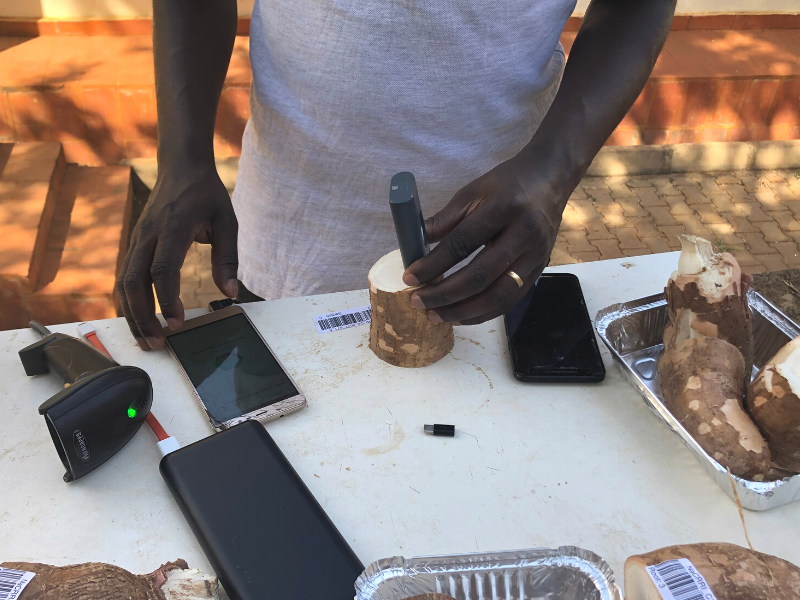Science News
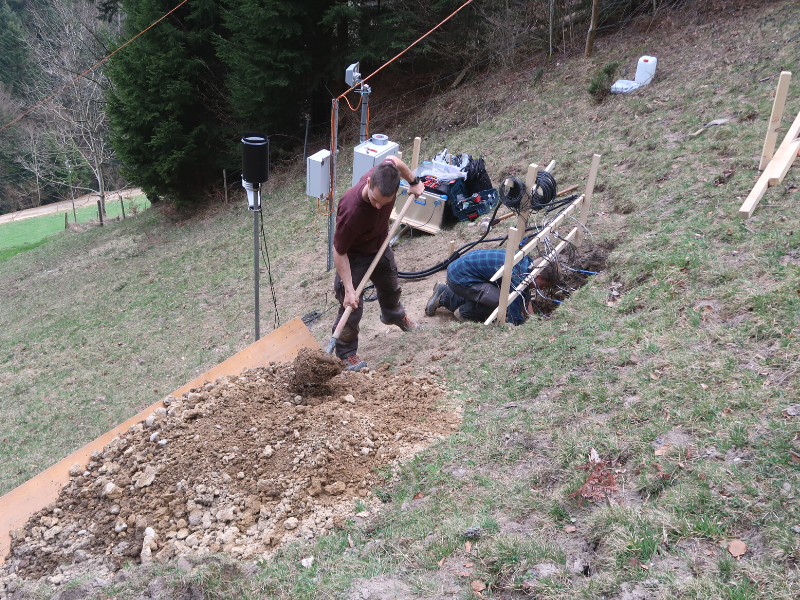
In the United States alone, a few dozen landslide deaths are recorded every year. They often happen when gravity pulls rocks and soil down an unstable slope. The trigger may be caused by natural events like rain or snowmelt. The extra water suddenly weakens the slope, and it gives way.
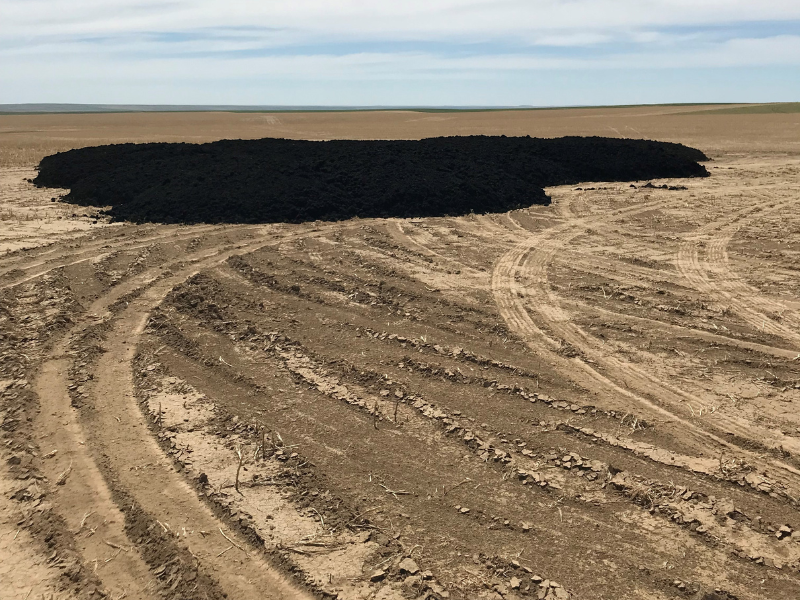
For more than four decades, biosolids have been applied to land and studied by researchers for many useful purposes. Biosolids are a product of the wastewater treatment process. Yes, that means sewage. However, the sewage is treated carefully to ensure it has beneficial properties and is not harmful.
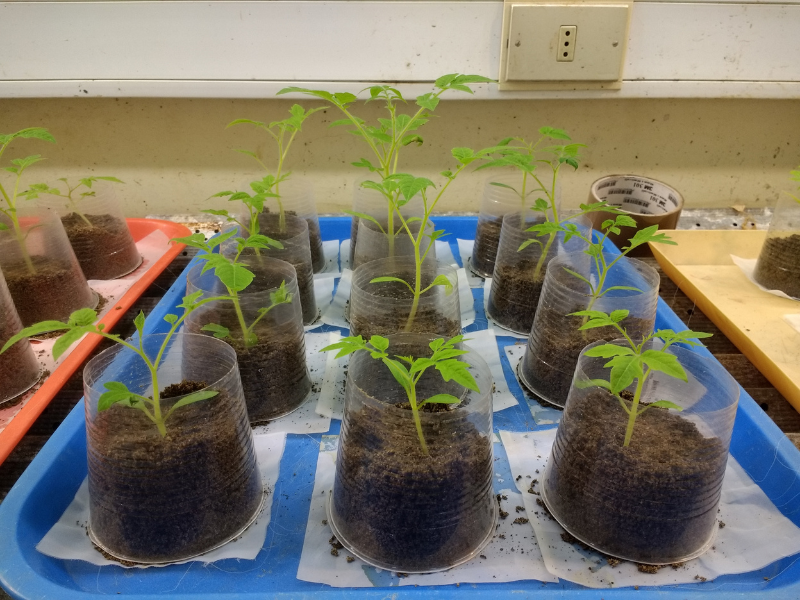
Did you know one of the oldest life forms on Earth can be found in your backyard? Soil nematodes have been thriving in habitats around the world for at least 400 million years. Even though they are only 1/500th of an inch wide and 1/20th of an inch long, these worm-like animals are an important part in almost every ecosystem.
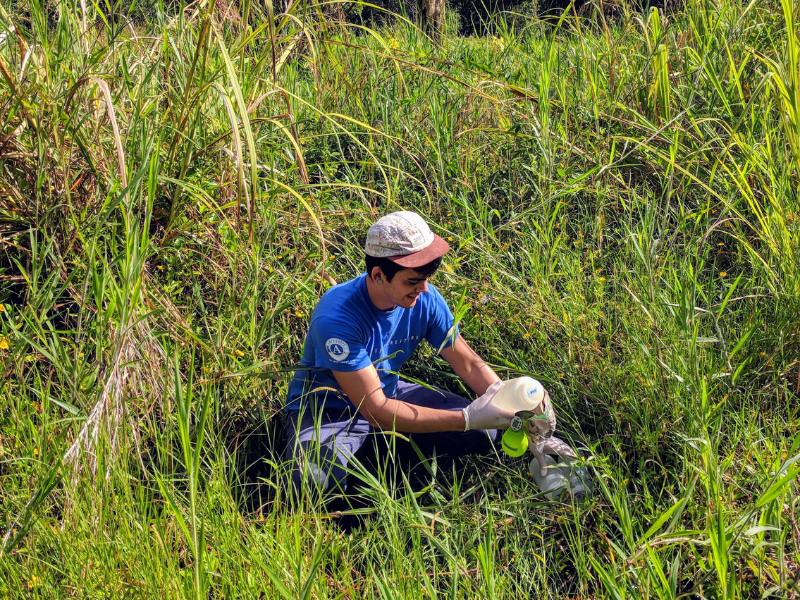
During heavy rains, Hawaii’s streams, rivers, and nearshore waters change on microscopic levels. Bacteria in these aquatic systems increase, and some of these bacteria can be harmful to human health. They can cause problems like gastroenteritis – also known as the stomach flu – as well as skin and respiratory diseases.
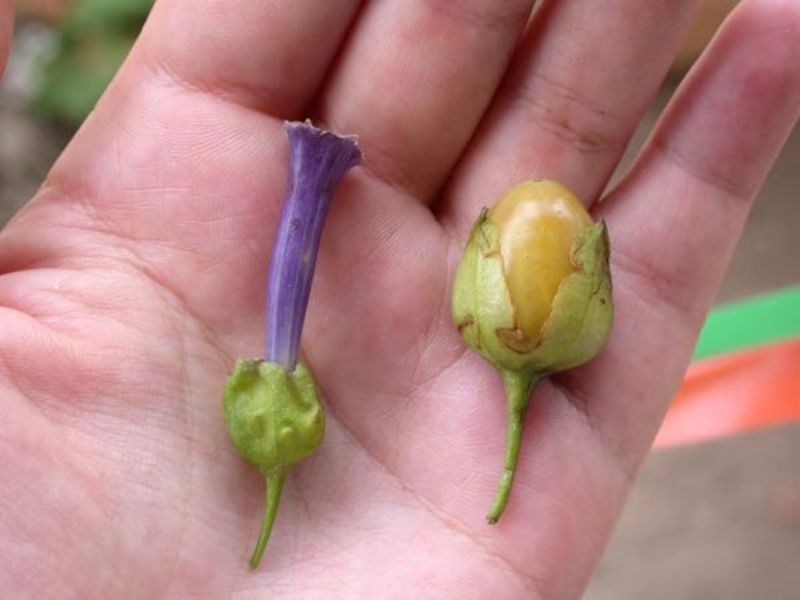
Hidden beneath the delicate, red skin and juicy flesh of a tomato is a wealth of nutrients and genetic makeup. With recent research on the first genome of a species in the tomatillo tribe (part of the tomato family), we now have a better idea of how this vital plant family came to be.
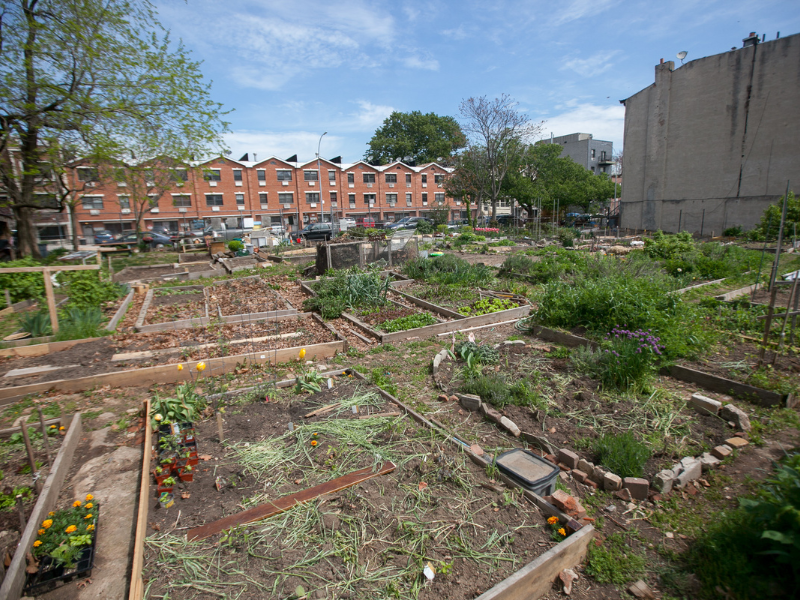
Urban gardens offer many benefits for individual health, communities, and ecosystems. They promote sustainable agriculture, reduce food transportation costs, and reduce water runoff. However, urban gardeners also face several challenges, one of which is dealing with contaminants like lead.
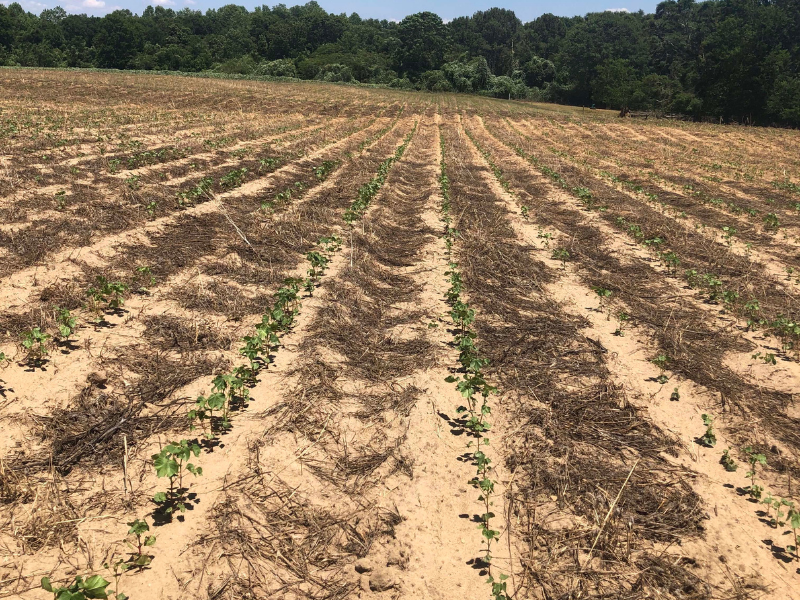
Winter grazing is part of what is called an integrated crop-livestock system. It is a process where livestock, such as cattle or goats, are allowed to graze a crop field during the winter. It is more common in climates with mild winters. Rather than eating the cash crop the farmer sells, the livestock eat the cover crop that was planted to grow over the winter.
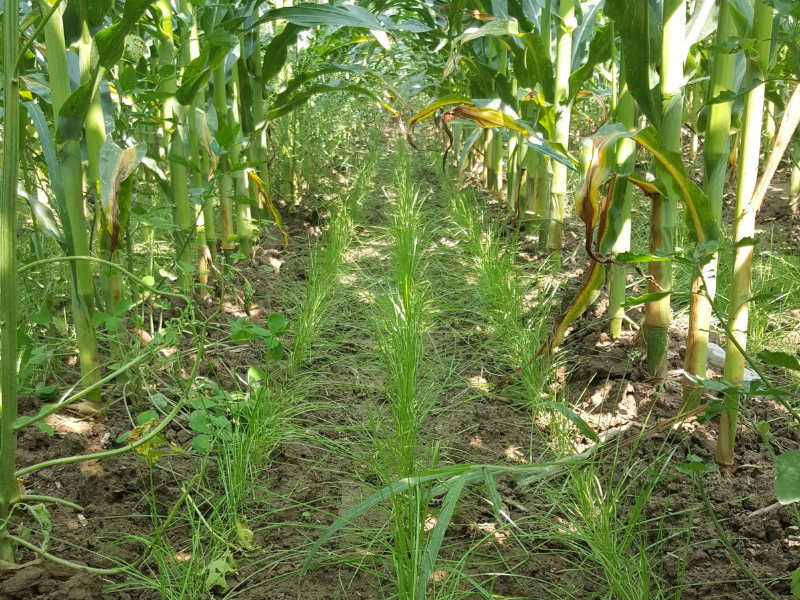
Fields of amber grain may be the poetic image of American farmland. And it’s true that the U.S. grows plenty of wheat. But fields of yellow grain – corn – may be more accurate.
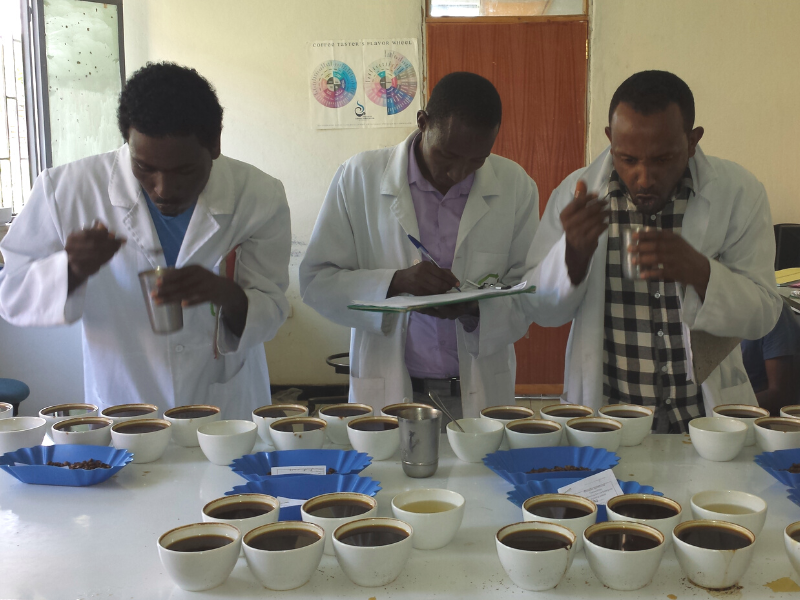
Most Americans wake up to coffee every morning. In fact, the National Coffee Association says that 70% of Americans drink coffee every week (62% drink it every day!)

